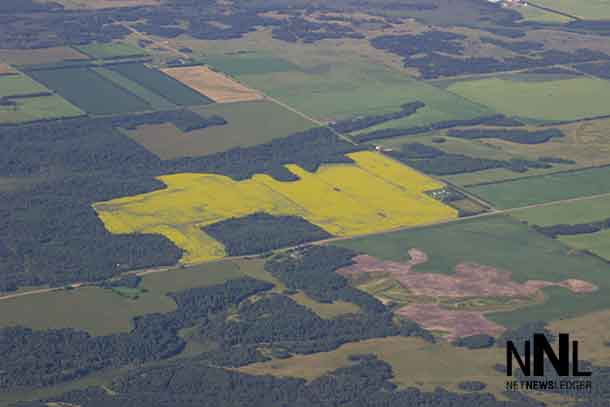
CALGARY, Alta. – AGRICULTURE – For the 23rd consecutive year, Canadian farm debt has hit a new record. In the West, the debt load is particularly severe, raising questions about the future of this vital industry.
Farmers in British Columbia are faring best, with only $6 billion in debt. Manitoba and Saskatchewan are middle of the road, with more than $8 billion and $13 billion respectively. Alberta’s farmers, however, carry an eye-popping $20 billion in debt. In Alberta and Saskatchewan, outstanding farm debt has increased more than $5 billion in the last five years.
The only thing of more concern than those numbers is that no one is talking about them.
I grew up on a farm in southern Alberta. Growing up in a farming community, I learned early on that debt was just part of the game if you want to grow, or even maintain, your operation. But it was only recently that I learned just how much debt western farmers are carrying.
There are several reasons for this, but a few stand out as particularly important. As the debt load of each western province has increased, the number of farmers in each western province has decreased substantially. In other words, farms are being bought, sold, and consolidated into massive farms.
For farming, it is true that debt is often a necessary evil. You need capital to buy the land, animals, and equipment for expanding a farming operation, which increasingly means taking on more debt. Debt is often required for operations of all sizes – buying land, replacing equipment, buying feed and making up for years with low prices.
Another factor, perhaps the most important, is the prime interest rate. This rate is established by the Bank of Canada on eight predetermined dates per year. The prime interest rate will be changed if the Bank of Canada thinks it will help fight inflation in the long term, or will help a number of the bank’s short-term goals, such as fighting unemployment. Therefore, even though farming can have influence on the prime interest rate, it has no greater influence than any other industry in Canada. The prime interest rate can and will rise, regardless of the impact on the farming industry.
In the past 23 years, we have had mercifully low prime interest rates. The payments that a farmer makes on his/her operating loan is based on their credit score and the prime interest rate. As a result, farmers have had lower interest rates than what they would have had in the past, enabling them to go deeper into the red they would have in the past.
Some debt is necessary. But how much is too much? At what point do we need to decide that we are in way over our heads, and, sooner rather than later, we are going to be in serious trouble?
Any farmers who had a farm in the early 1980s will surely remember the debt crisis. In the 1970s, prime interest rates were low. However, as a result of several factors, the prime interest rate skyrocketed in the early 1980s, from 8.5 per cent four years earlier to an average of 19.29 per cent by 1981.
While the prime interest rate isn’t expected to make that kind of jump anytime soon, the prime interest rate is bound to change, and with it the interest rate on farmer’s operating loans.
Extraordinary times call for extraordinary measures. While the staggering amount of debt that Western Canadian farmers is in is an important part of the story, what is even more important is how farmers are dealing with it.
The Canada West Foundation is trying to understand that part of the story. We want to hear from the people who are the centre of this story – farmers. Go to www.cwf.ca/currents, and tell us what you think, or tweet us @CanadaWestFdn.
Sarah Pittman is an intern at the Canada West Foundation, a public policy think tank focused on the four western provinces.
© 2016 Distributed by Troy Media
